Ensure your data structure enables your goals
Whether you want to analyze existing data for your research or build a database with advanced capabilities, a well-designed data model is the foundation for meaningful and reliable results.
We can design your data model together!
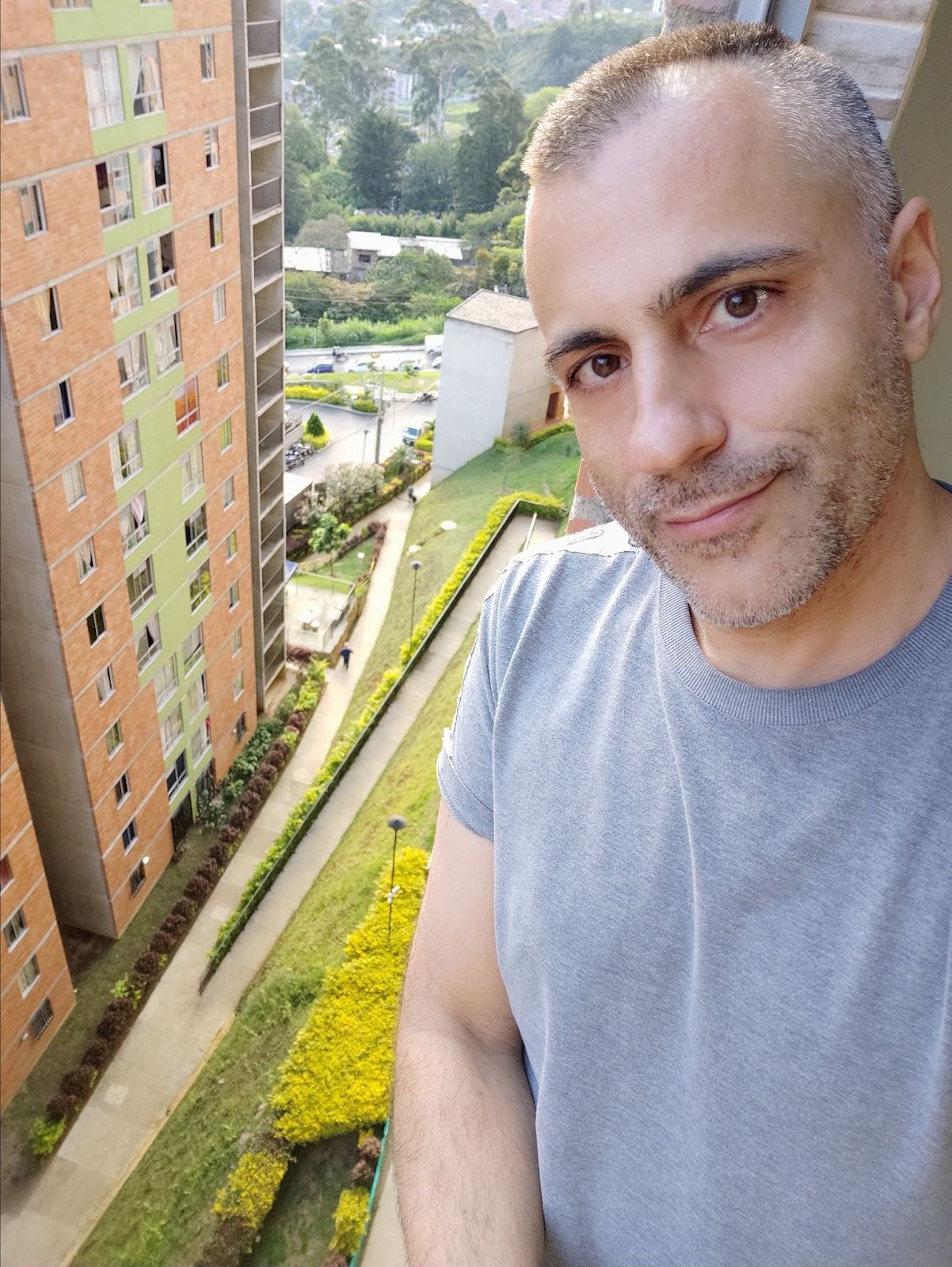
Software architect and developer in the digital humanities
My name is Amir Simantov, and have over 20 years in computer programming and database development. I have also designed and delivered programming courses to raise coding standards within technology companies. Over the past decade, I have focused on empowering researchers in the humanities by building the software they need to impact their work. I have planned and developed several databases and, together with researchers, created digital collections based on extensive data modeling. I look forward to working with you to make your research a success.
Over the years, I’ve seen that without a proper data model, even neatly organized information can be hard to query and analyze, making it difficult to answer your research questions. Build it correctly before collecting the data, and you’ll have a dual-purpose tool: letting you enter your data in real time during your research while also serving as a platform for analyzing and exploring the data!
"Scholars unaccustomed to working in digital humanities often assume that the computational aspect is merely a means to an end, and that real scholarship begins only once the digital work is complete. My collaboration with Mr Simantov has shown how mistaken this view is. Working with him on designing a relational database was an exciting, collaborative, and intellectually rich part of the research itself. Mr Simantov brought genuine commitment to the project and held me to the highest epistemic standards. He is a true professional, committed both to the big questions and to the smallest of details. I recommend working with him most enthusiastically."
Curious if you need a data model or just a software engineering eye?
I’d love to hear about your project. Let’s have a quick chat!
Trusted by Universities
Prominent Clients
Over the last decade, I have been honored to work with scholars from leading institutions with some of the best humanities departments.
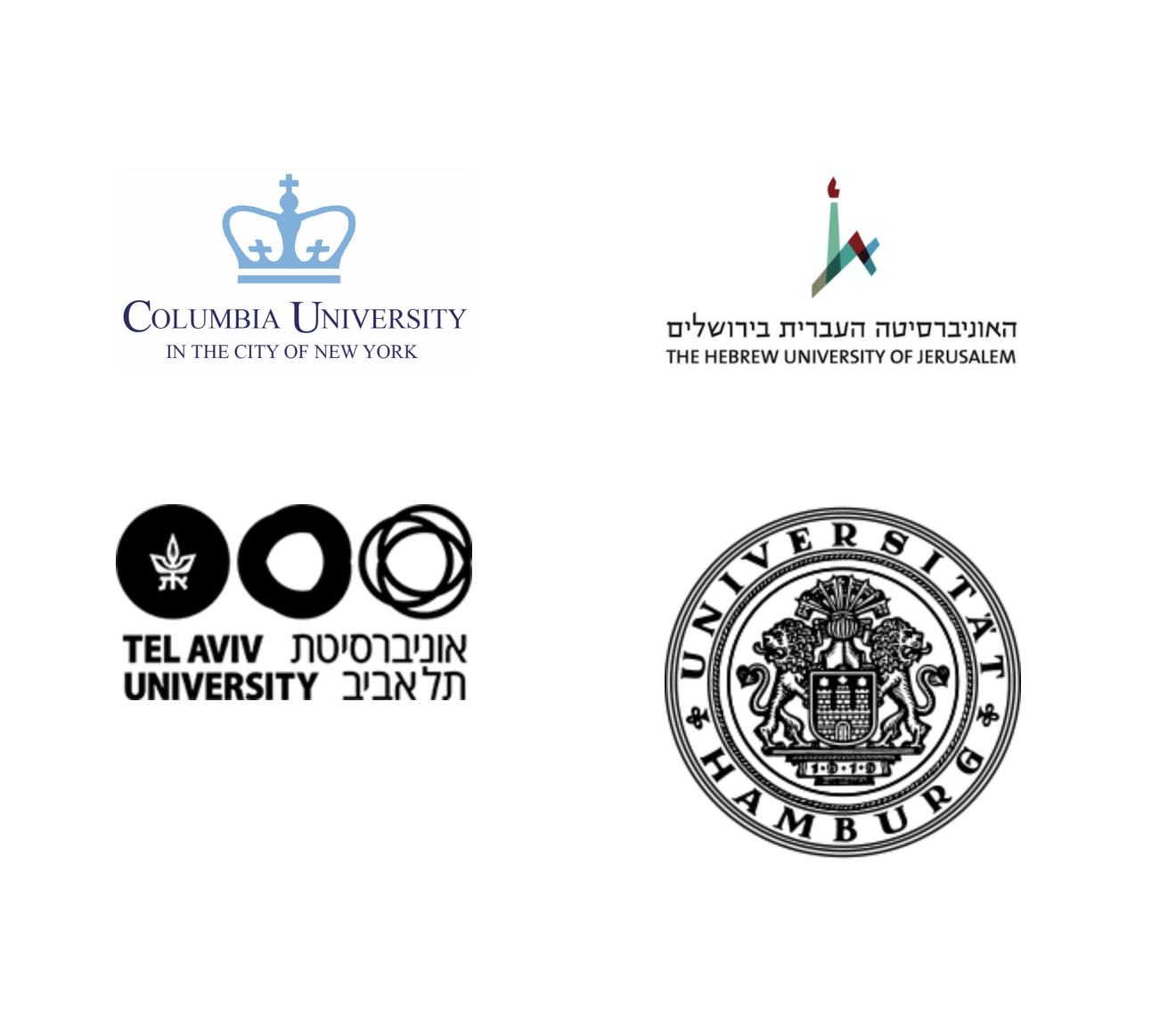
"One of the many assets that Amir brings to the table is his unique ability to imagine the unknown capacities and trajectories of a nascent project. As a result of my many deliberations with him, I learned a great deal about what I wanted to achieve in the first place and what more the database could do for me. Amir's intellectual curiosity, selfless dedication, uncompromising eye for details, rigorous documentation, and ability to think ahead allowed him to become the conscience of the project, often veering my team and me in the right direction and saving us from betraying our own goals and principles. I cannot imagine the project without him."
Let's Work Together!
I build online database by following a carefully managed process involving the data curators and technical teams. Through this collaboration, I ensure technology is used skillfully to address to address the specific requirements of your project. You are always involved and informed during the process. The approach is flexible to accommodate your needs, and I will happily cater to them within the project’s framework. Below are the stages I usually follow to turn your data into a “live” digital database.
Needs Assessment
In our initial one-hour video meeting, I make sure that I can indeed serve your needs. I gain a brief understanding of your data sources (findings, documents, and related materials), what you expect to achieve, and what your long-term goals are (even your greatest expectations regarding the research or the data store).
Specifying Structure
You know best what your data objects are and what the relationship between them are. I will apply this knowledge effectively and translate it into a computerized system. This is a process called “data modeling,” in which you are fully involved. You do not need technical knowledge. During our discussions, you provide the necessary information, and we incorporate it into the design. We will also discuss future needs, even if we do not implemented in the first phase.
Specifying Behavior
We define the personas (user types) and classify their needs: how they are likely to interact with the database and search it, and how to best present the results. We also specify how data contributors are authorized to contribute data by defining what permissions each role has within the system, and outlining how the data can be edited, reviewed, and published.
Specifying Presentation
You want your online database to be attractive and user-friendly. At this stage, we bring in a graphic designer who ensures that the essence of the database comes across clearly. You may provide links to websites whose graphics you like as a general reference. The graphic designer comes up with suggestions that you can accept, reject, or ask to change.
Building
My team and I then begin building the online database. During this stage, I show you the alternative system configurations. These are usually minor issues that we had not finalized in previous stages. We have regular meetings where I explain the alternatives, answer your questions, and share our progress.
Testing
Once built, we put the database online at a web address accessible only to you. You then see how it looks and behaves, testing it with the specified user roles. At this stage, you will probably find bugs that me or my team had not caught. You report them, and we fix them. You can also request some small, last-minute changes, and we will make them if possible.
Migrating
You may have an existing database in another format, such as an older website, spreadsheets, or structured documents. We discuss which datasets to import into the new database and the best way to do so. We do that while maintaining the relationships between the existing data records and ensuring the coherence of the new database. We do another round of testing to enable you to confirm that everything imported correctly.
Going live
You and your peers can now add data to the online database through the easy-to-use interface. You decide whether to make it publicly accessible (including to search engines like Google and AI models like ChatGPT) or, if you prefer, to restrict it to your peers, who can log in with a username and password. The database is designed and built to serve you over the long term and is now active, ready to grow both in volume and in the number of collaborating contributors.
Support
I offer ongoing support if needed. A modern digital database is a "living creature," which should be properly maintained. It includes mostly behind-the-scenes operations such as security updates and server tweaks. I am also available to you if you have any questions or want to discuss new ideas.
Evolving
I provide documentation files for all stages of specification and construction, so you are free to choose your service provider. If you are happy with my services, we can continue working together. If new improvement ideas arise, we can specify and implement them.
We repeat some stages as needed to further develop and enrich your digital asset.
"Amir had a far-sighted vision for our project and meticulously planned out every stage of development. He was accessible and on-task, and he regularly discussed everything with us, down to minor details. We are now thanking him for his insistence on separating structure, content, and presentation and for his patient explanations: we found that Amir designed a database that made it easy to work with complex relations. It was robust and flexible enough to accommodate even unexpected sources of data."
Projects Showcase
The research fields below are, of course, just examples, and we can build a database with the appropriate entities (object types) that fit your specific data. Both examples involved importing thousands of data records from older databases while maintaining the relationships between the entities.
Prosopographical Database for Indic Texts
The Pandit Project seeks to document and study the works of various authors in Indic literature. The data model includes eight main entities with dozens of relationships between them and more than 100 attributes used to formalize the data. The database itself currently contains more than 69,000 records (sources, works, manuscripts, extracts, people, sites, and institutions). The project was developed for a history researcher and is now being used in collaboration with several universities and institutions around the world.
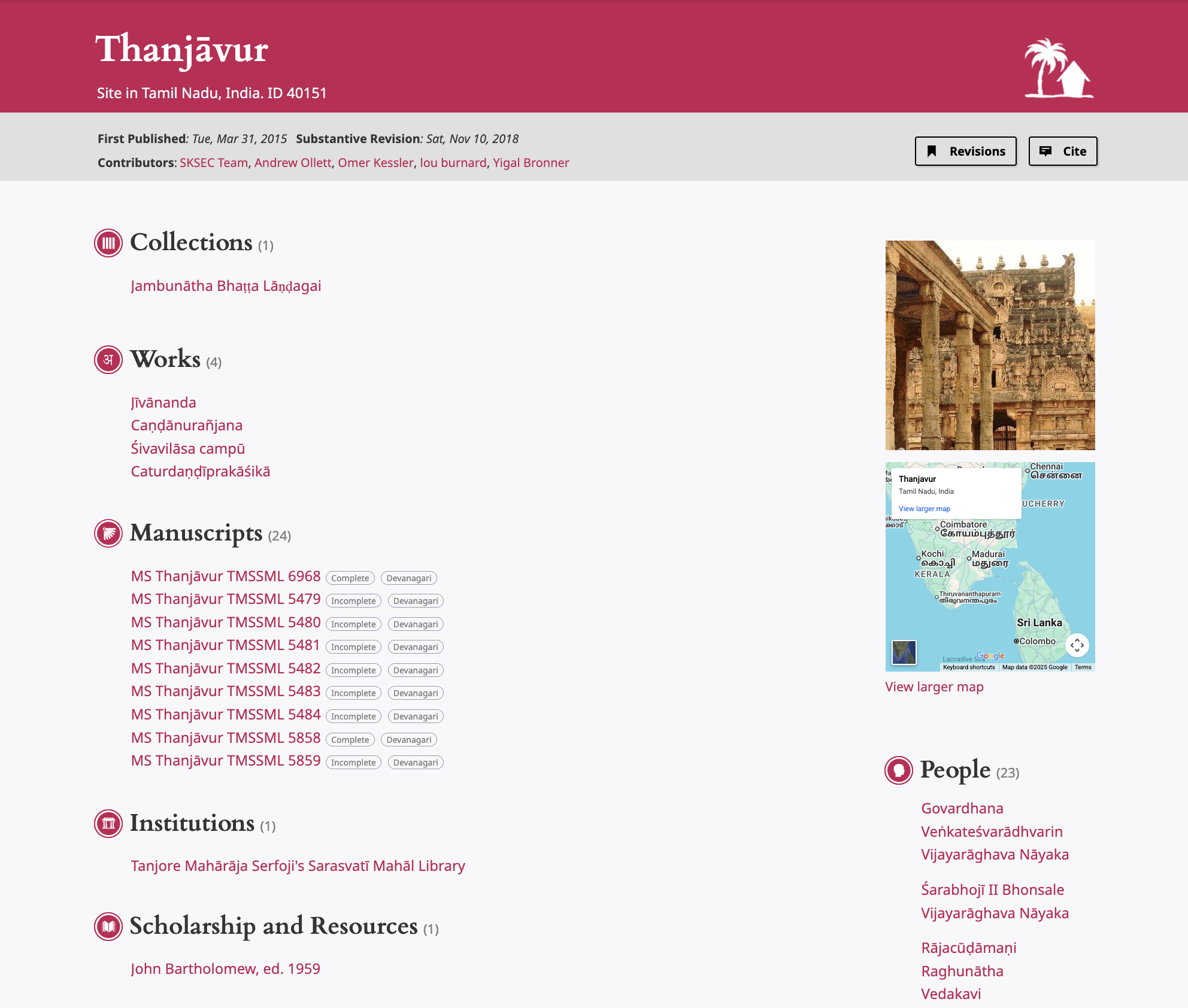
Regional History of Medicine
The MidEastMed Project is an extensive and complex historical research database of the activities of medical professionals associated with the geographical region of Palestine (which later reverted to the name Israel) at the end of Ottoman rule and during the British Mandate. The data model includes ten entities with complex relationships between them. The database itself holds data gathered from more than 500 bibliographic sources about 10,000 people associated with more than 27,000 activities across over 1,700 institutions in more than 1,200 cities and villages. The project was carried out in collaboration with the Hebrew University of Jerusalem.
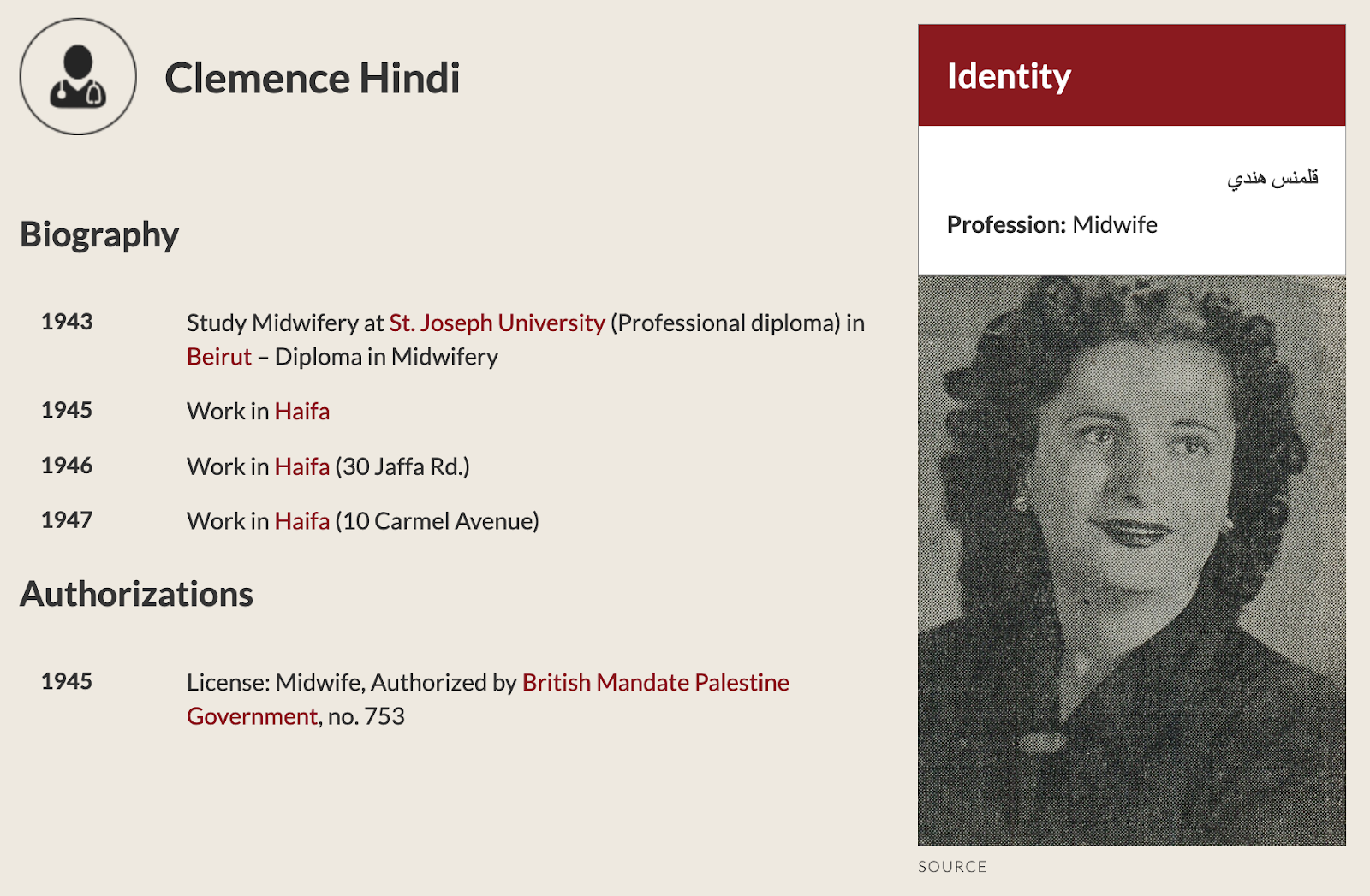
Culture Heritage Preservation Database
The Jewish Galicia Project is a trilingual website for genealogy and cultural heritage research. The database contains a dozen entities with various relationships between them. It holds more than 65,000 records (people, communities, documents, organizations, buildings, tombstones, bibliography items, cemeteries, maps, catalog cards, and more). The project was carried out in collaboration with the University of Haifa.

Commentary Comparison in the Italian Renaissance
Aristotle's Physics in the Renaissance is a pilot database that documents and analyzes commentaries on Aristotle’s works during the Italian Renaissance. For each section in a text, the website displays related sections, those mentioned by the observed section and those that refer to it. A mention may or may not occur in the same location as the observed section; its form may be a citation, paraphrase, or allusion; and its type of judgment may be endorsement, criticism, or neutrality.
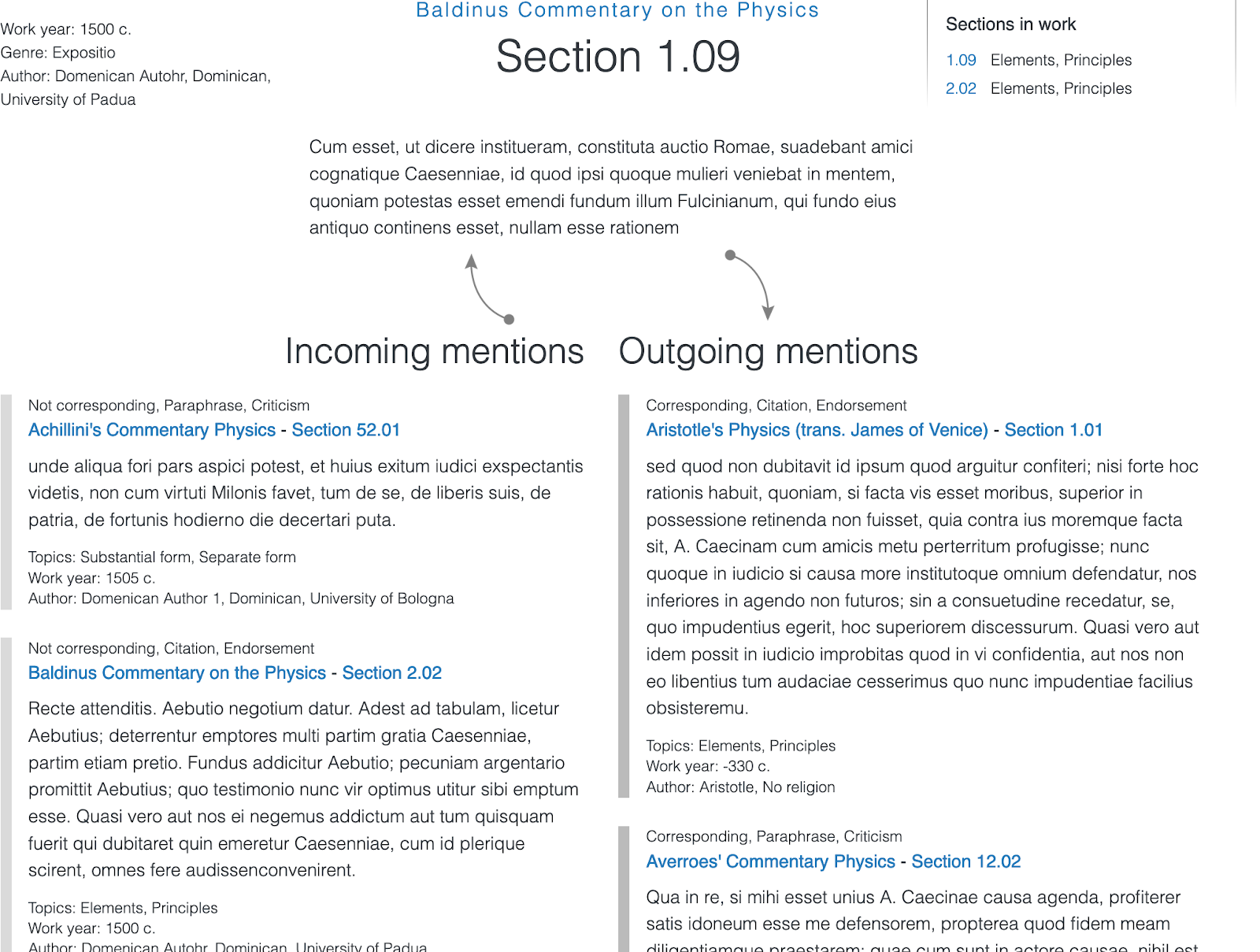
Documentation Examples
We document the fruits of our work together, defining each entity and non-trivial attribute, creating an entity-relationship diagram, and preparing a user guide. This documentation ensures transparent collaboration and makes the database structure clear, maintainable, and ready for future development.
Simplified Entity-Relationship Diagram
This is an entity-relationship diagram, a visual representation of how different data entities relate to one another, that was developed for the Commentary Comparison in the Italian Renaissance project. It shows seven entities and eight relationships.
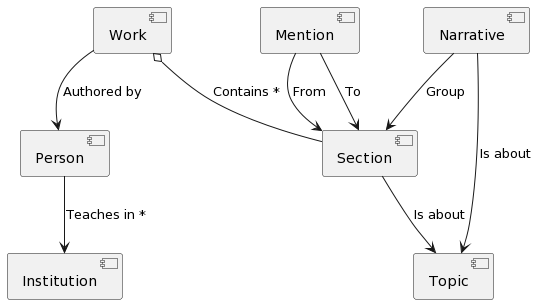
Logical Data Model Specification
This is a snippet from a logical data model, which defines the structure of the information in The Economic Interaction in the German Empire Porject. It describes the entities, their attributes, and the relationships between them.
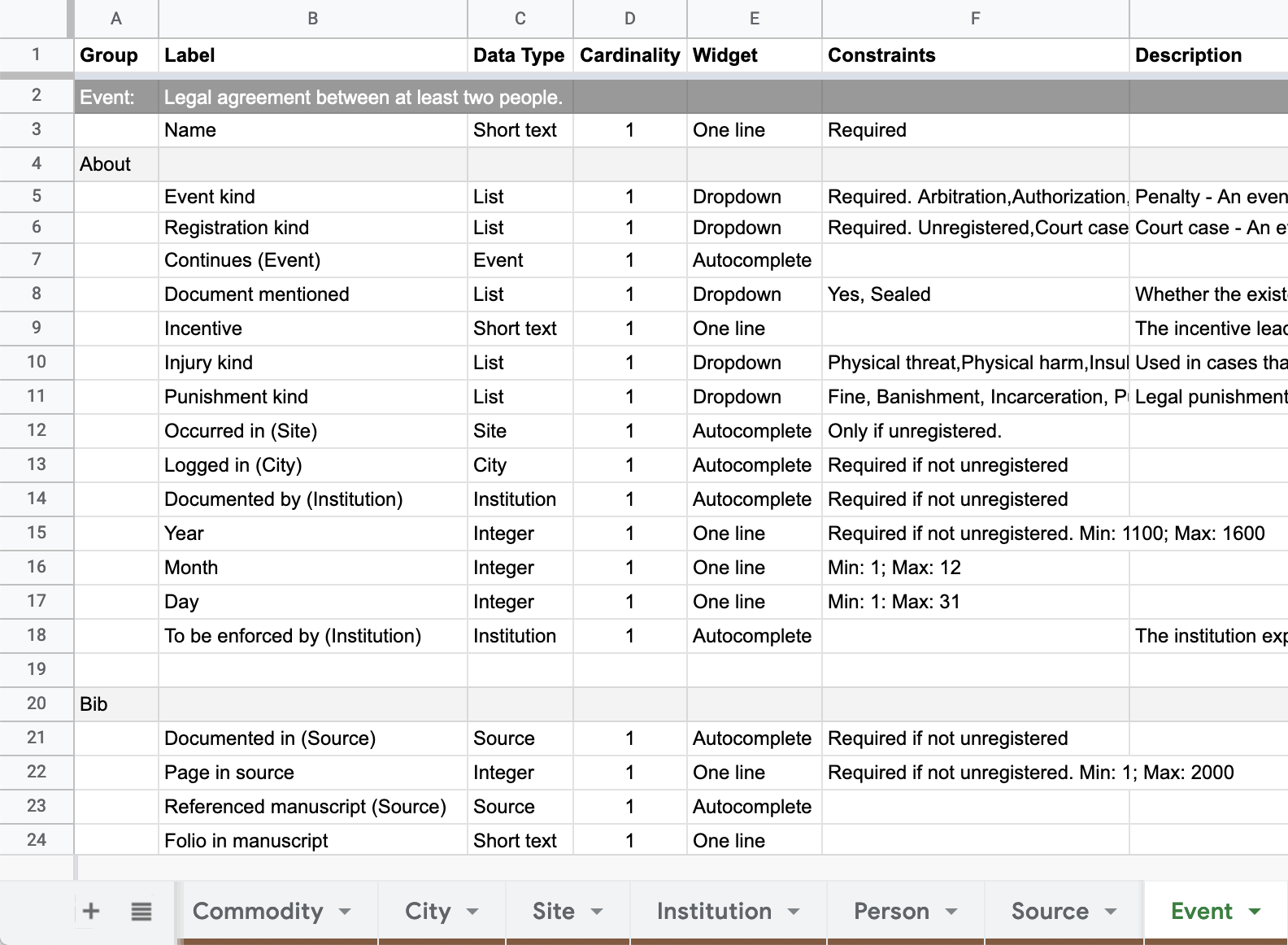
"Amir has a profound understanding of the client's needs and wishes, and a far-sighted vision. He helped me establish, under enormous time pressure, a prototype of an academic digital research tool that far exceeded my expectations, also allowing room for potential future developments of which I hadn't thought initially. His devotion and work capacities are exceptional, as well as his dedication to the project. Amir's flexibility and originality also helped surmise obstacles whenever they occurred, and he was fully aware and sensitive to time and budgetary constraints. In short, Amir combines intelligence, creativity, hard work, and an attentive ear to the customer's needs. Without his support, I could not have made my vision come to life, and I warmly recommend his services."
Contact me
There is no obligation on your part. After I gain an understanding of your goals, I can provide a brief overview of how your digital database can be developed. Please contact me at amir@topdownup.com and tell me about your project so we can schedule our first video meeting at a time that suits you best.